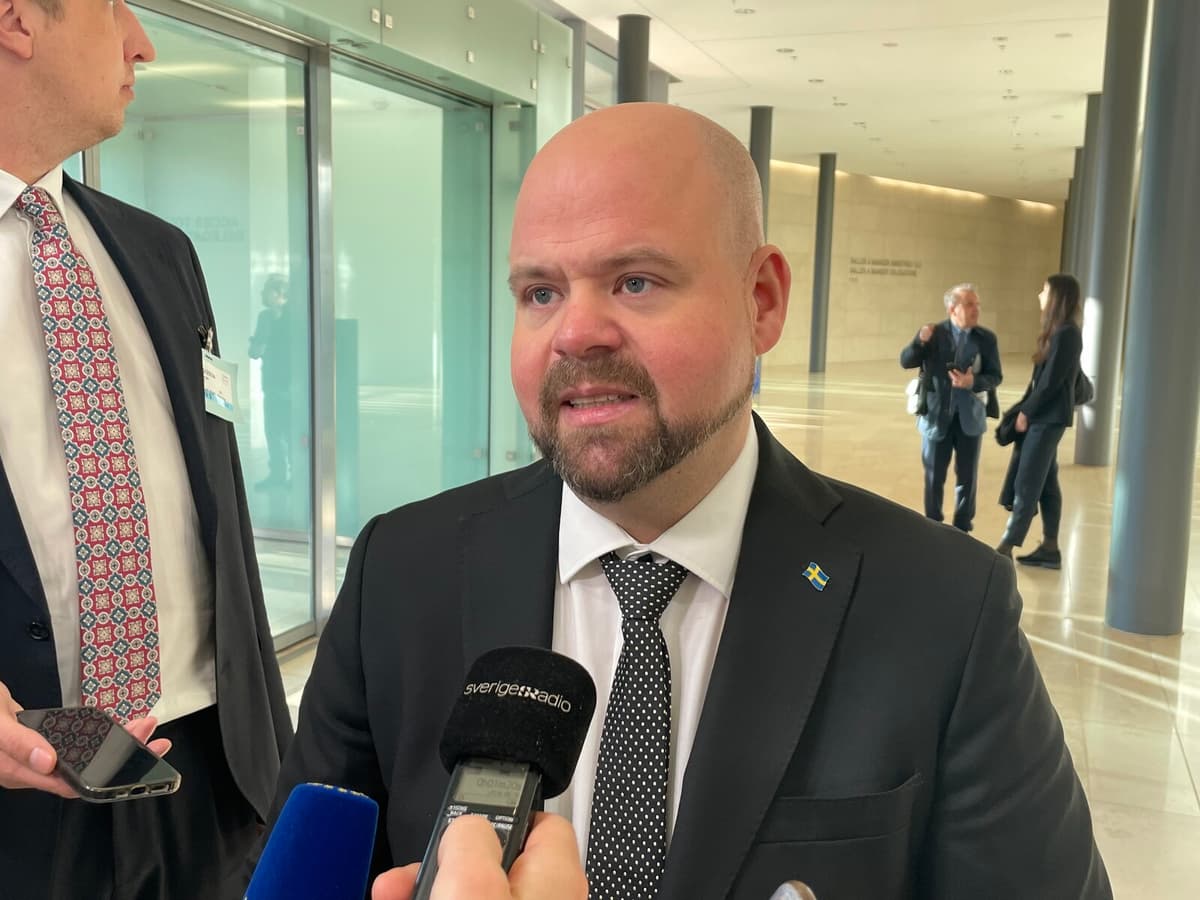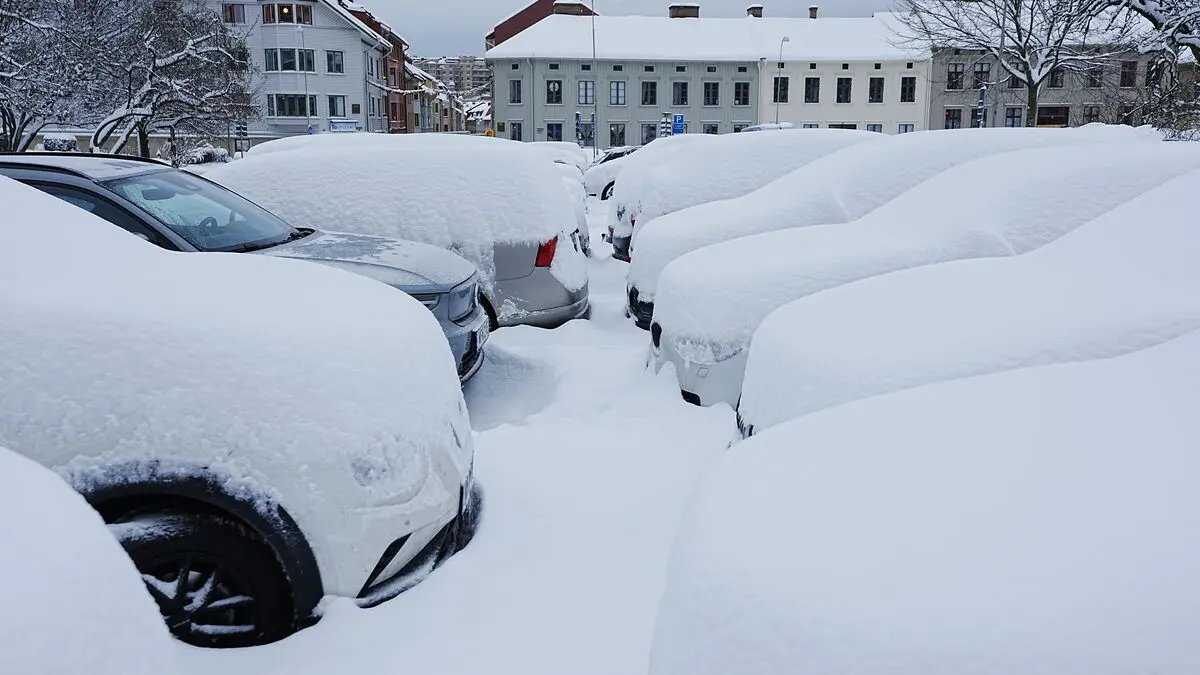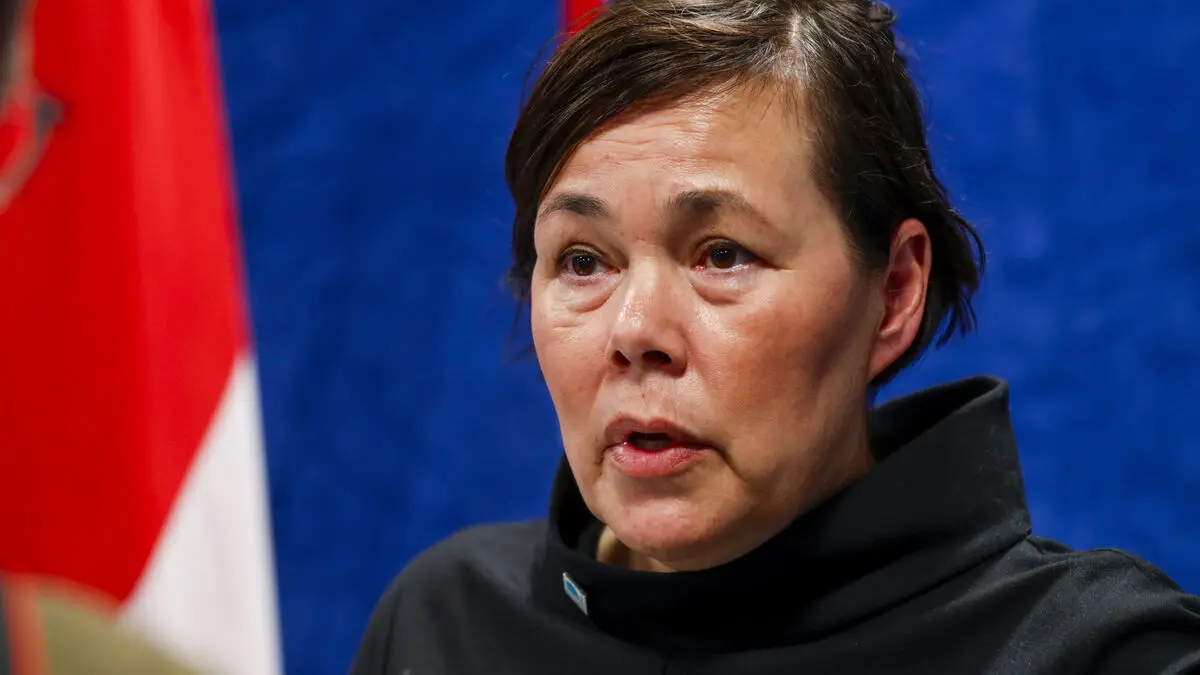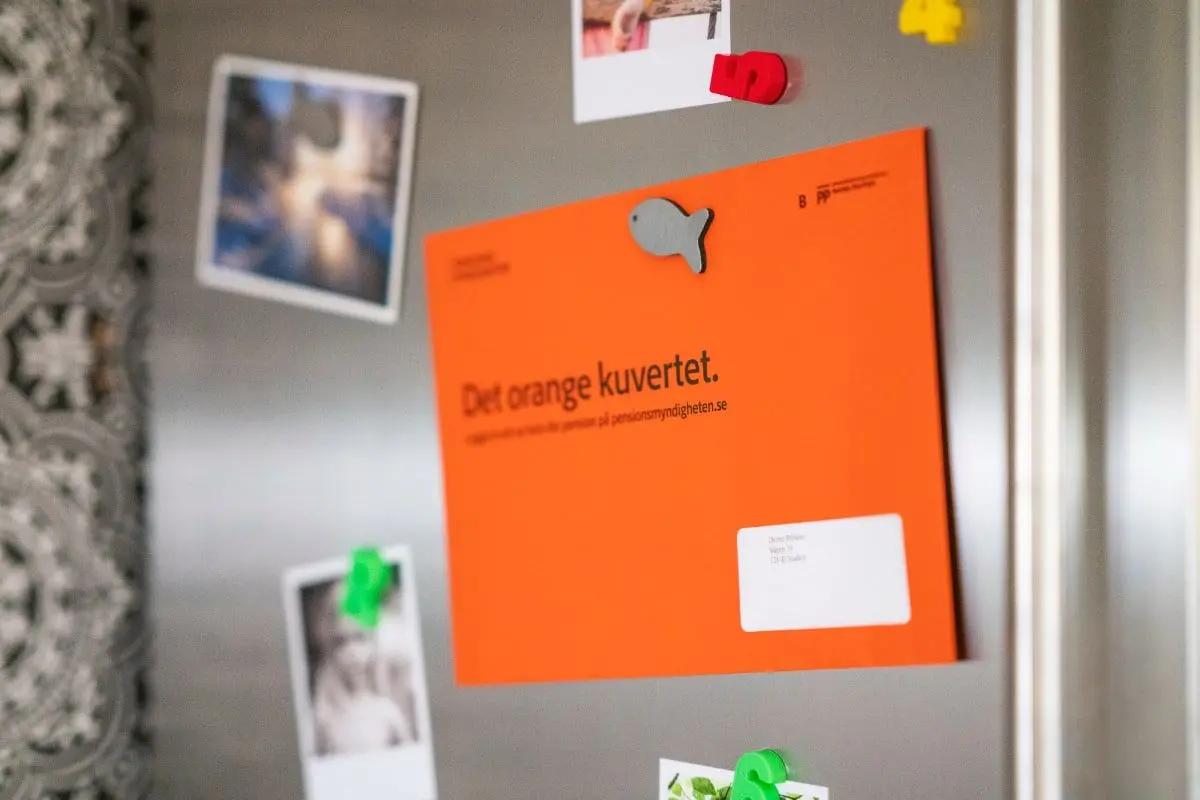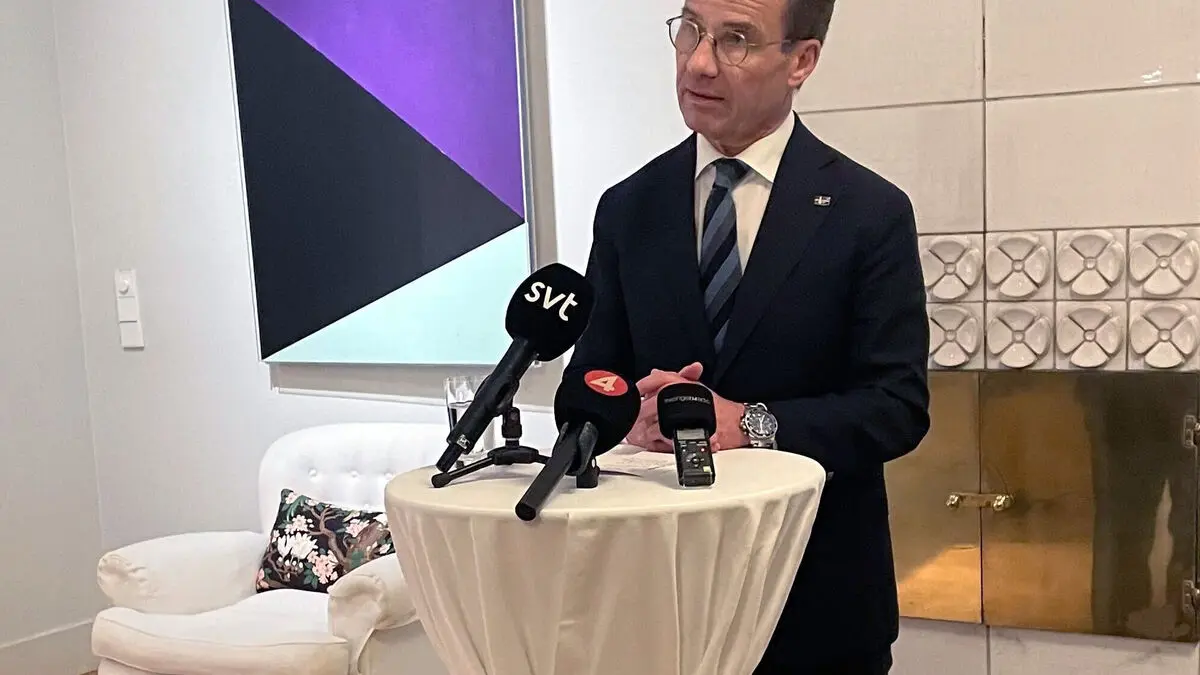Rural Affairs Minister Peter Kullgren (KD) expects tough negotiations when setting quotas for 2025.
I'm coming here today with the most restrictive line that Sweden has taken. Now it's about trying to get it through and landing as low quotas as possible, says Kullgren on his way to the decisive – and likely – long fisheries minister meeting in Luxembourg.
Sweden, for example, is entering with a hope of reducing the quota for herring and sprat in the central Baltic Sea
But we're totally alone in that. It's not going to become a reality. My balancing act today is about balancing what we propose, says Kullgren.
Trust the advice?
Finland is one of the countries that does not agree with Sweden's restrictive line. Kullgren's colleague Sari Essayah believes that science supports an increase in quotas.
When we have scientific advice, we must rely on it. We have a recovery in stocks when it comes to Baltic herring and it's a good proof for the future, thinks Essayah.
The Finnish minister, however, gives Sweden flank support in another, but closely related, issue. With support from other Baltic countries, Sweden is pushing for increased hunting of seals and cormorants.
Seals and cormorants
We've had a positive development, in quotation marks, for cormorants and seals for at least 20 years, but we have regulations that limit the possibility of hunting. Seals and cormorants take an enormous amount of fish, not least herring and sprat, so it's clear that we need to manage it better, says Kullgren.
One of the measures that Sweden wants to see in the future is the abolition of the ban on trade in seal products.
I think it's counterproductive for hunting and that's what they're evaluating now, says the Rural Affairs Minister.
Here is the EU Commission's proposal for fishing quotas in the Baltic Sea 2025 (with changes compared to 2024 in percent in parentheses):
Herring in the Bothnian Sea and Bay of Bothnia: 66,466 tons (+21 percent)
Herring in the western Baltic Sea: 394 tons, only as bycatch (-50)
Herring in the central Baltic Sea: 83,881 tons (+108)
Herring in the Gulf of Riga: 41,635 tons (-10)
Cod in the eastern Baltic Sea: 191 tons, only as bycatch (-68)
Cod in the western Baltic Sea: 93 tons, only as bycatch (-73)
Pikeperch: 11,313 tons (unchanged)
Baltic herring: 117,070 tons (-42)
Salmon in the Baltic Sea: 34,787 pieces (-36)
Salmon in the Gulf of Finland: 8,117 pieces (-20)
Source: EU Council of Ministers.

